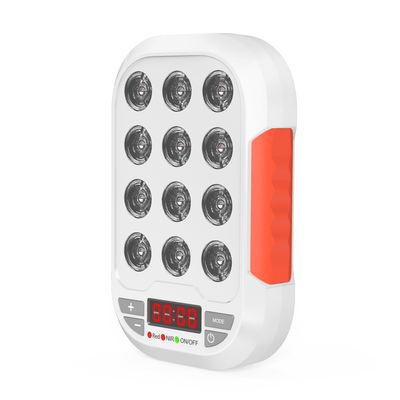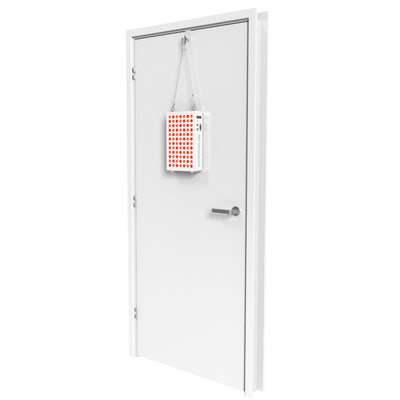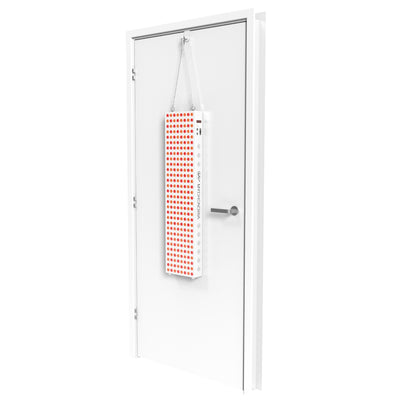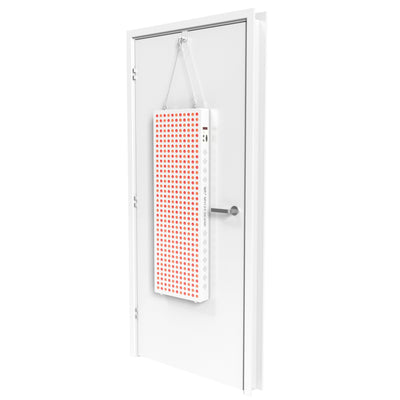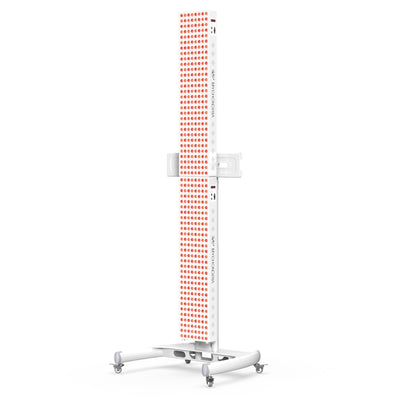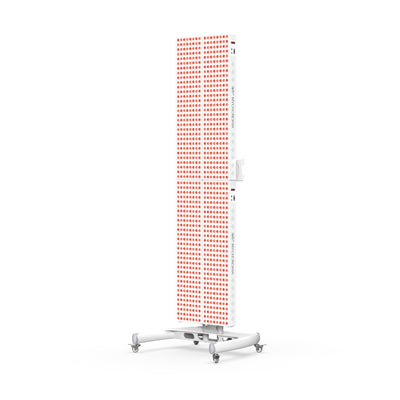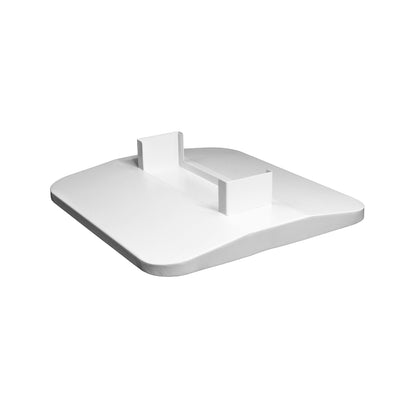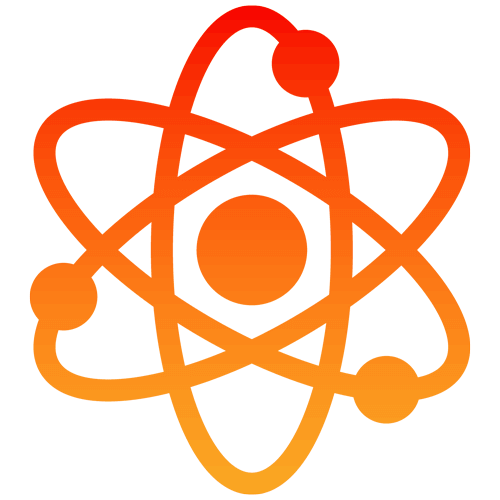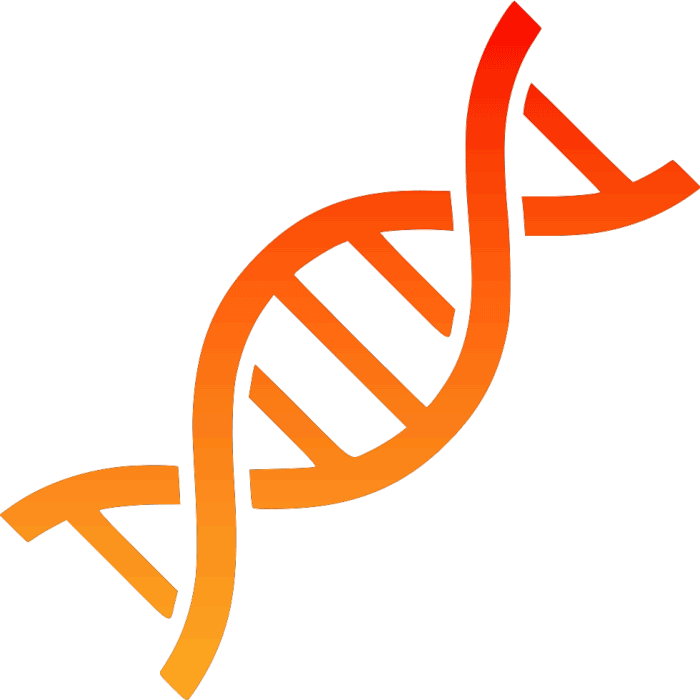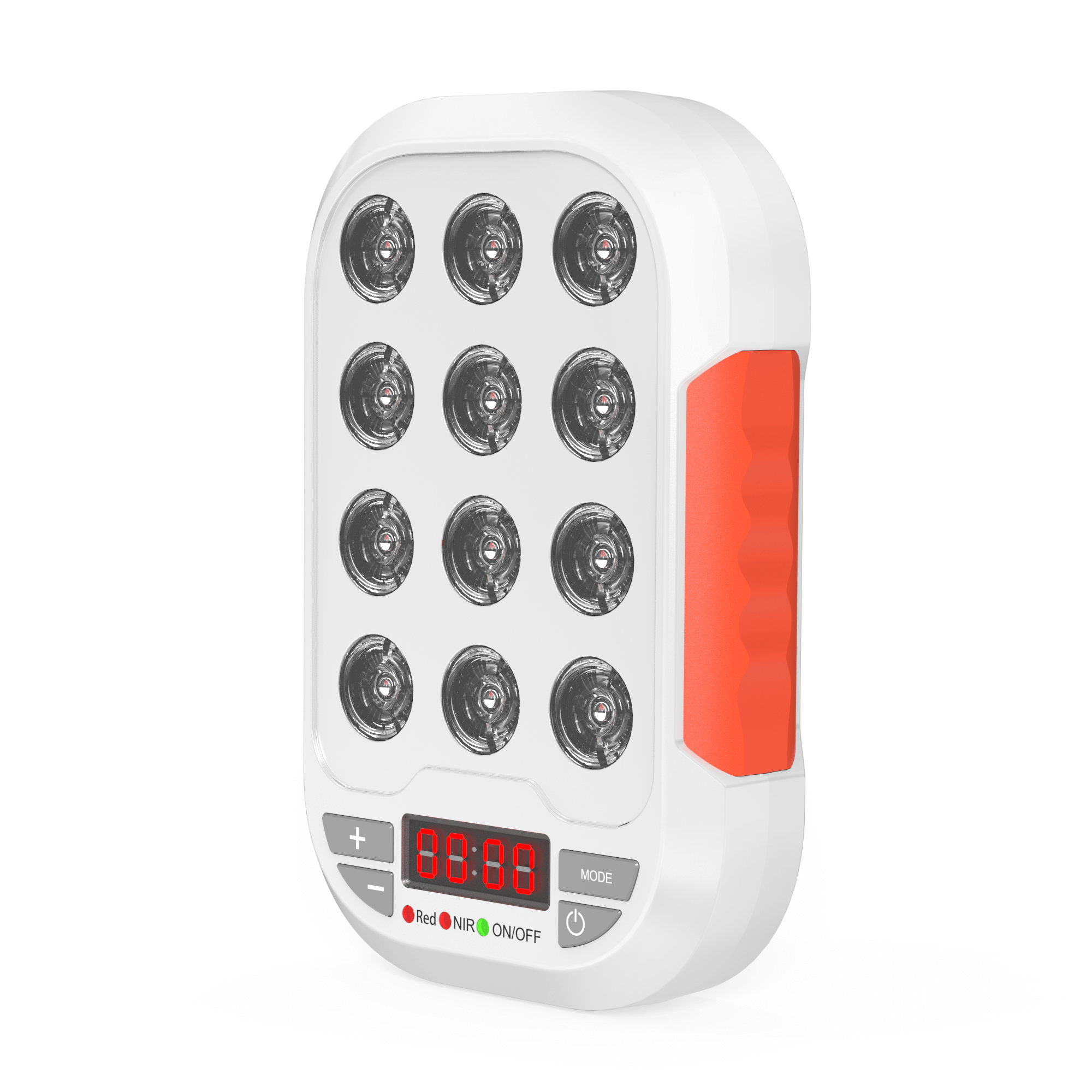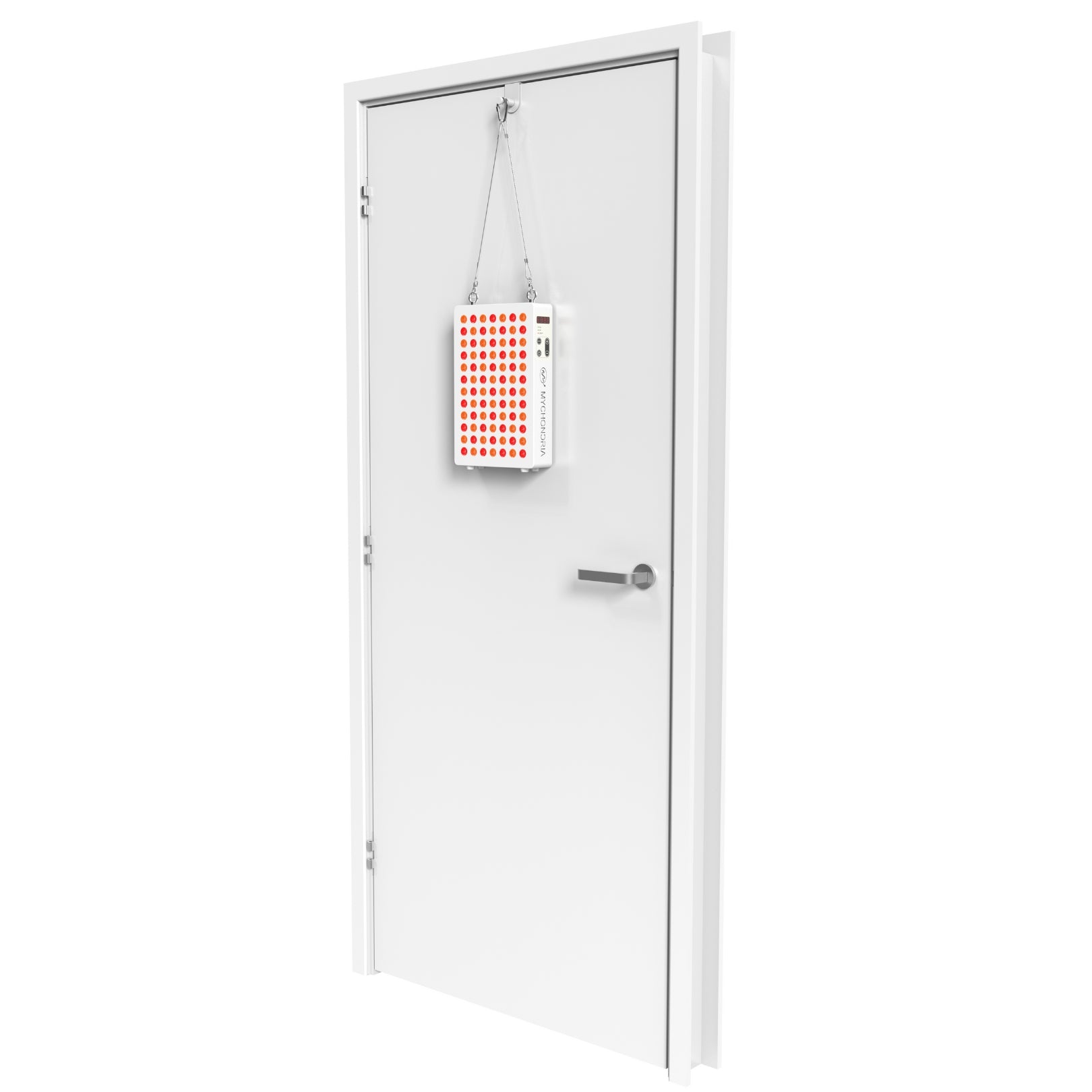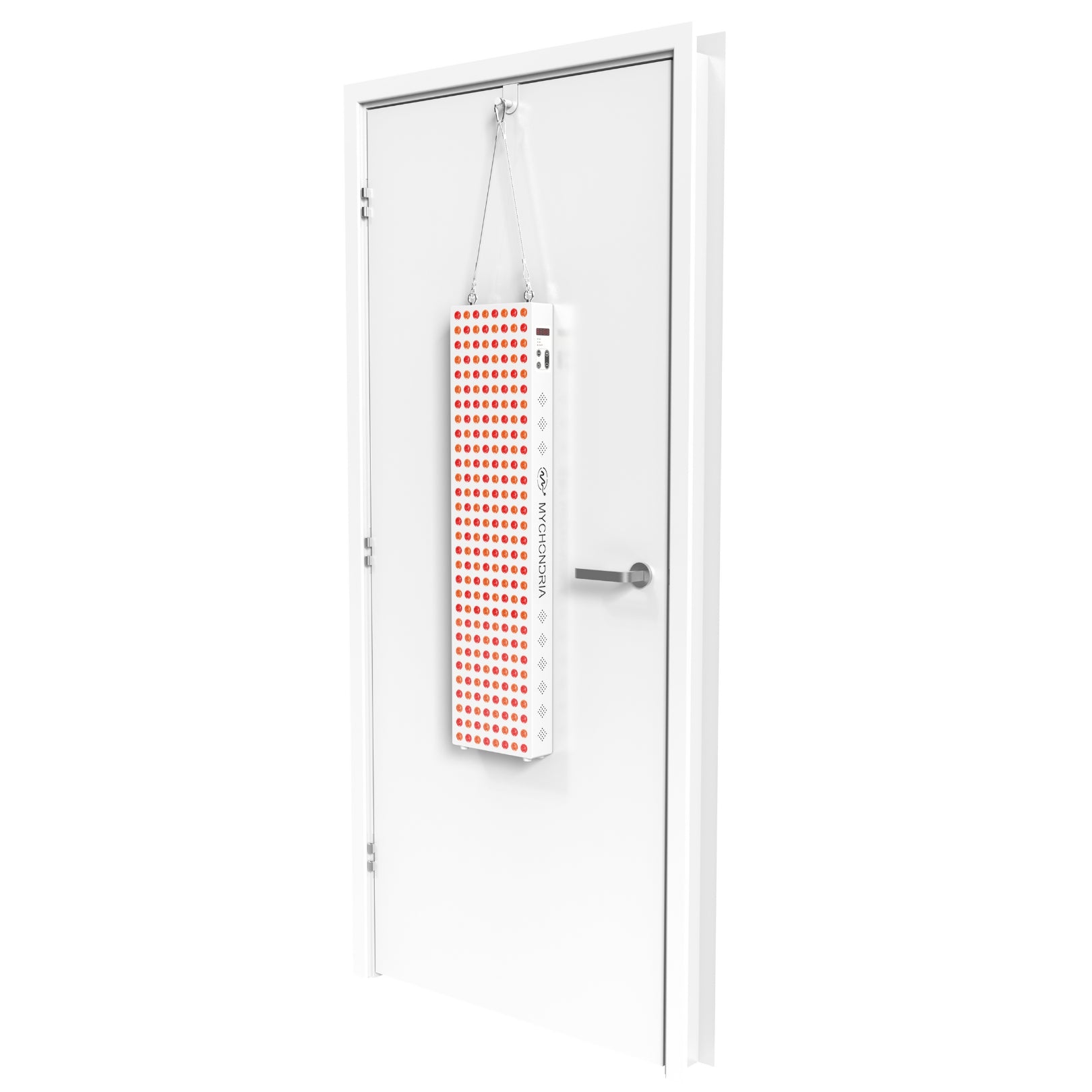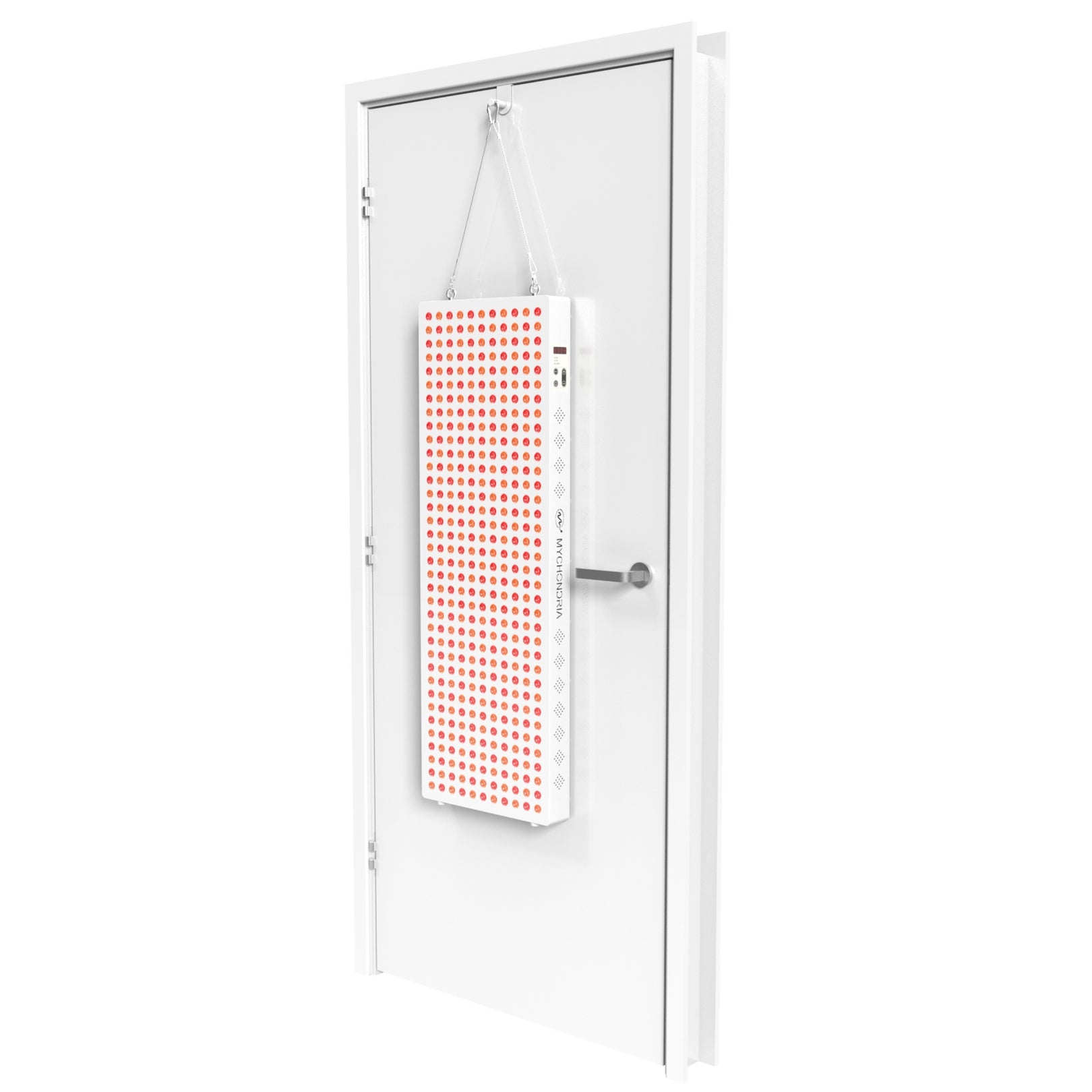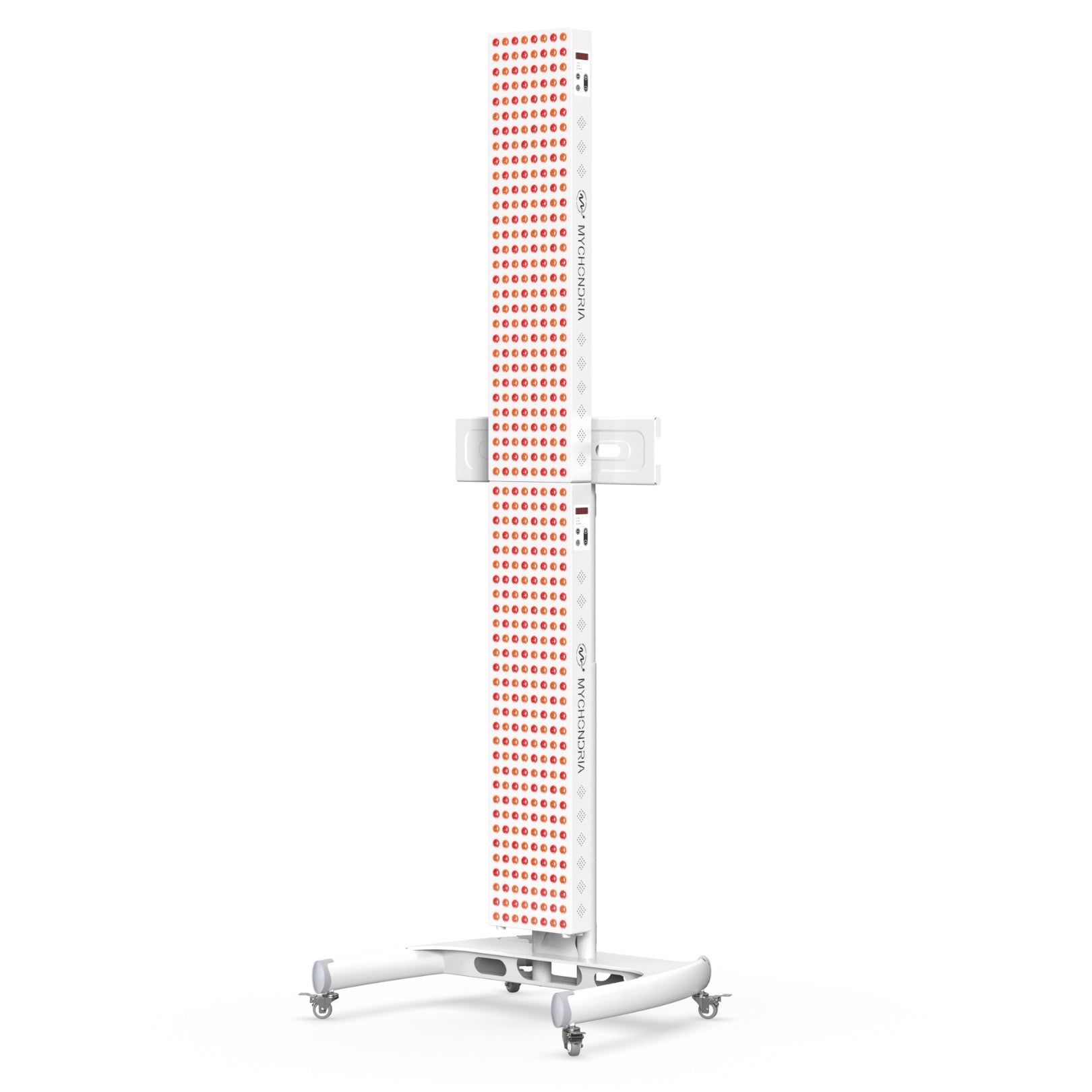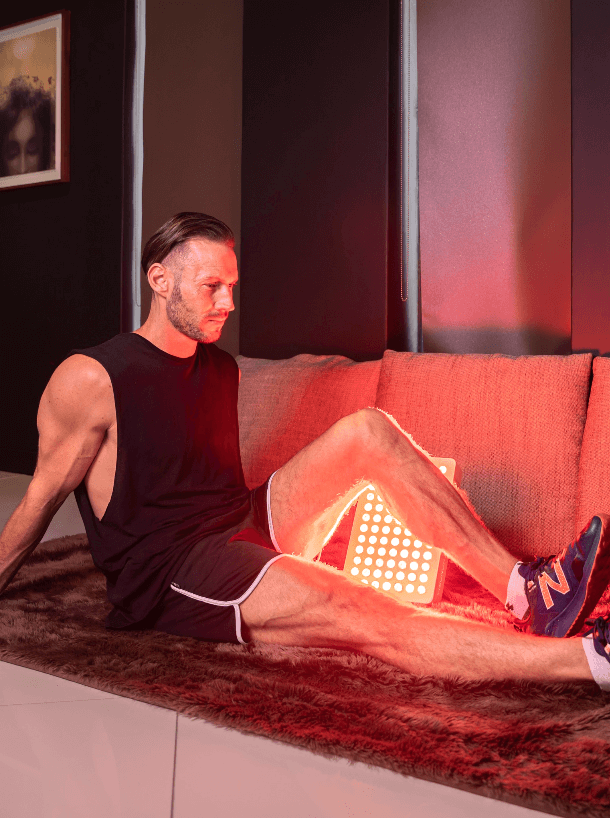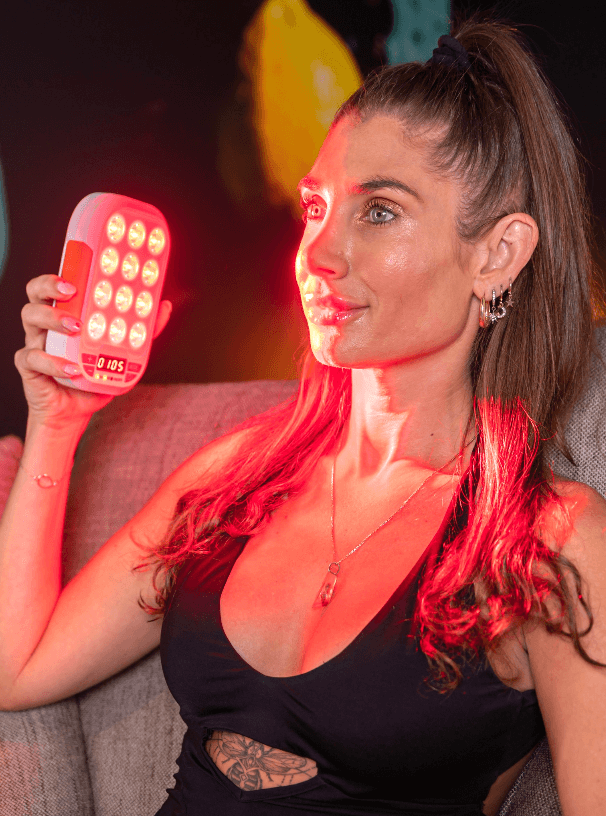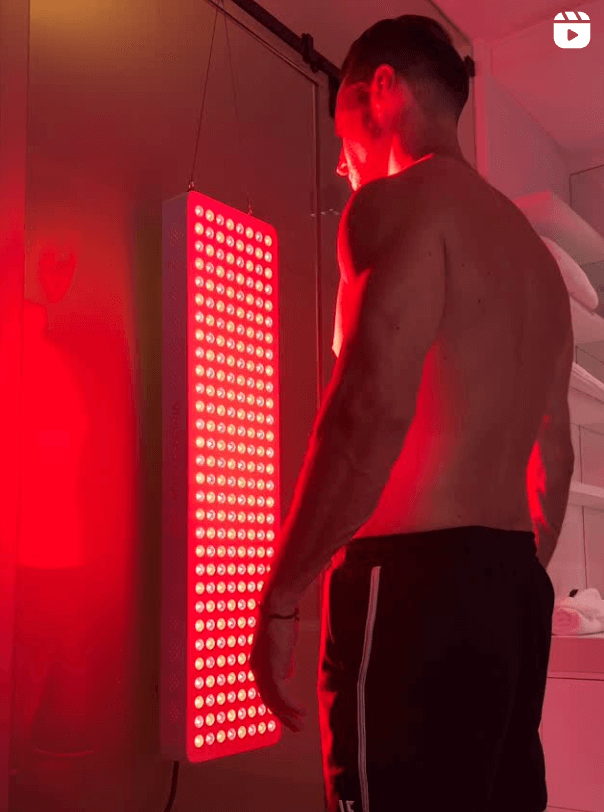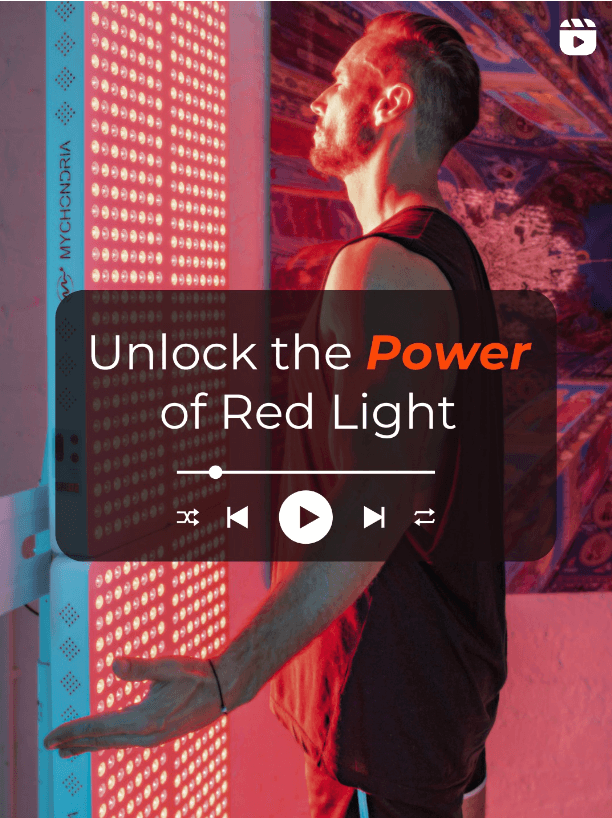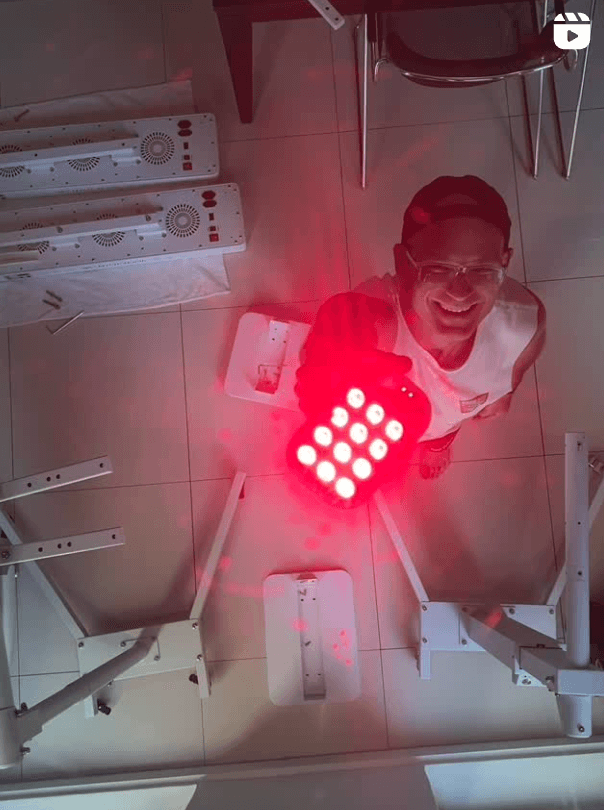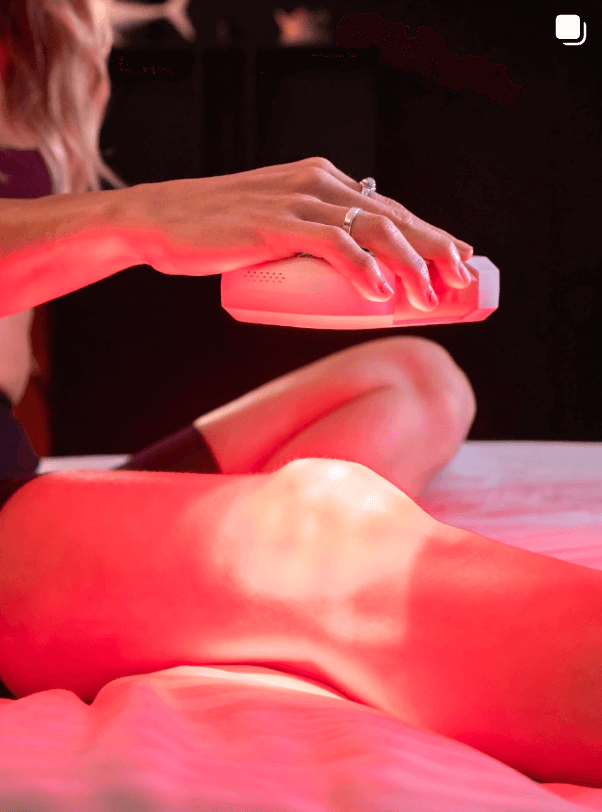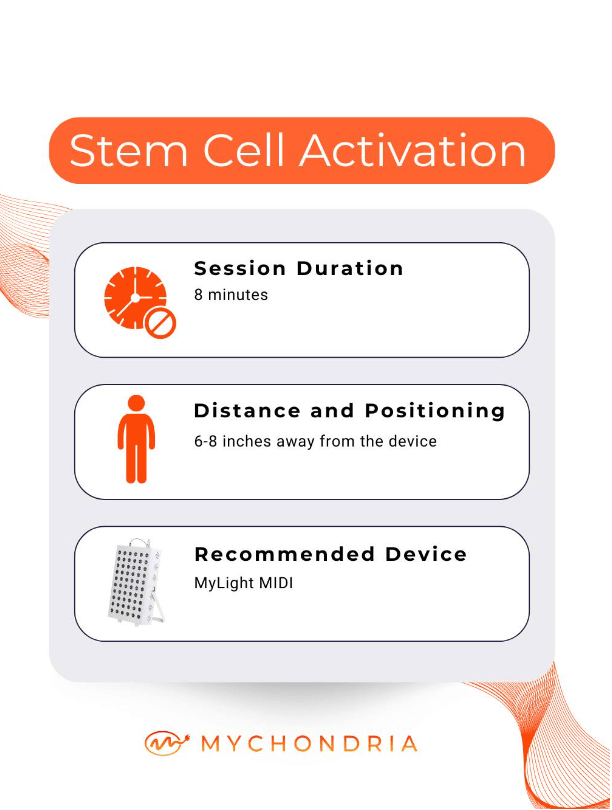Neuropathy is a disorder that affects millions of individuals all over the globe and can drastically lower a person's quality of life. Traditional therapy choices sometimes fall short, leaving many people frantic for comfort they can't find anywhere else.
In recent years, a novel strategy that shows promise as a cure has developed, and that strategy is red light treatment.
This therapeutic approach is gaining prominence for its ability to ease neuropathy symptoms and promote general well-being since it is non-invasive and has a minimal risk of side effects.
In this article, we will investigate the science behind red light therapy, its use in the treatment of neuropathy, and its potential advantages for patients looking for alternatives to established therapies.

What is Neuropathy?
Neuropathy, also known as peripheral neuropathy, is when the peripheral nerves, which connect the brain and spinal cord to the rest of the body, become damaged.
These nerves deliver impulses associated with feelings such as touch, pain, and temperature. When a person's defences are breached, they may exhibit a wide variety of symptoms, including the following:
- Numbness or tingling in the limbs, especially in the hands and feet.
- Pain that is piercing, searing, or scorching.
- Weakness and atrophy of the muscles.
- Sensitivity to changes in pressure or temperature when touched.
- Issues with one's equilibrium and coordination.
- Decreased ability to react.
Neuropathy may have several root causes, including diabetes, chemotherapy, alcohol misuse, infections, autoimmune illnesses, and genetic factors.
The management of symptoms, pain alleviation, and nerve function enhancement are often the primary goals of treatment choices. Medication, physical therapy, changes to one's way of lifestyle, and even surgery may be necessary in more severe instances, although these therapies may help.

The Emergence of Red Light Therapy
Red light therapy, also known as low-intensity red and near-infrared light therapy, is a non-invasive medical treatment that stimulates cellular activity. Photobiomodulation, or low-level laser treatment, is another name for this technique.
During the 1990s, NASA began researching and developing this treatment to accelerate tissue regeneration and wound repair in astronauts participating in space missions.
Since then, it has received broad recognition for its potential therapeutic advantages across a wide range of medical disorders, including neuropathy.
How Does Red Light Therapy Work?
The use of red light treatment is based on photobiomodulation, which refers to the interaction between light and the constituents of cells. The mitochondria are the structures inside cells that are responsible for creating energy.
When red or near-infrared light is delivered to the skin's surface, it penetrates the skin and is absorbed by the mitochondria. This absorption sets off a chain of cellular reactions, ultimately resulting in enhanced cellular function and the healing of damaged tissue.
At the level of the individual cells, red light treatment operates as follows:
- Increased synthesis of ATP: Red light treatment has been shown to increase the synthesis of adenosine triphosphate (ATP), the major source of cellular energy. Increased amounts of ATP enable cells to carry out their duties more effectively.
- Improved Blood Circulation: Red light treatment promotes blood circulation by encouraging the development of new capillaries and relaxing the blood vessels. As a result of the increased blood flow, oxygen and nutrients are transported to the cells more efficiently.
- Cellular healing and Growth: The treatment stimulates the activation of fibroblasts, which are cells accountable for producing collagen and healing damaged tissues. This may be of particular use in situations of neuropathy in which nerve damage has already occurred.
- Neuroprotection: Red light therapy has been proven to have the capacity to protect neurons from injury and promote nerve cell survival, making it an intriguing prospective therapeutic option for neuropathy.

The Application for Neuropathy
The use of red light therapy in treating neuropathy has recently been the subject of many research and clinical trials, all of which have produced encouraging results.
The following is a list of some of the most important applications of red light therapy in the treatment of neuropathy:
- Pain Management: Managing chronic pain is one of the most critical issues neuropathy sufferers face. Red light therapy has shown promise as a method for reducing the experience of pain by modifying pain receptors and encouraging the production of endorphins, which are the body's own naturally occurring analgesics.
- Nerve Regeneration: Red light treatment can assist in stimulating nerve regeneration by improving cellular activity and synthesising neurotrophic substances. Because of this, nerve function and feeling in the damaged regions may improve.
- Enhancement of Blood Circulation: Because red light treatment encourages vasodilation and angiogenesis, it helps boost blood flow to the afflicted regions. This ensures that injured neurons get the essential nutrients and oxygen for healing.
- Decreased Inflammation: Neuropathy is often linked to chronic inflammation. Because of its anti-inflammatory qualities, red light treatment may assist in reducing inflammation and preventing additional nerve injury.
- Improvements in Quality of Life: Due to their symptoms, many people who suffer from neuropathy see a general deterioration in their quality of life. Red light treatment can give patients relief from pain, numbness, and other discomforts. As a result, patients can restore functioning and have an improved quality of life.

The Protocol:
Treating neuropathy with red light therapy is as simple as using the device for 8-minutes per day, aimed at each affected area.
This can be done with a handheld MyLight MOVE or a panel device such as the MyLight MAX.
By using a MyLight you'll also have peace of mind knowing that you have 60-days to trial the product, and if you're not 100% satisfied with the results you can return it for a full refund.
3 More Reasons To Use Red Light Therapy for Neuropathy
The use of red light therapy as a treatment for neuropathy comes with some possible advantages, including the following:
- Painless Treatment: Red light treatment is non-invasive and painless, making it a safer and more appealing alternative for many patients than surgical techniques or pharmaceuticals that can cause negative effects.
- No side effects: Red light treatment is linked with minimal side effects when given appropriately. This is one of the reasons why it is so popular.
- Adaptability: Red light therapy may be used to treat just certain parts of the patient's body, or it can be used as a treatment for the patient's whole body, depending on the patient's demands and the degree of neuropathy.
Conclusion
Neuropathy is a hard ailment that can substantially influence a person's quality of life and make daily activities difficult. By harnessing the power of light to drive cellular regeneration and alleviate symptoms, red light therapy provides a viable alternative treatment option for neuropathy that does not need surgery or other intrusive procedures.
Even though research into this topic is still developing, there is mounting evidence that people suffering from neuropathy might benefit from treatment with red light. Red light therapy may become a significant addition to the arsenal of therapies accessible to individuals who suffer from neuropathy.
This offers hope for increased well-being and a greater quality of life. As our knowledge of this therapy grows, and additional clinical studies are completed, red light therapy may become a valuable addition to the arsenal of treatments available.
References
● Mester E, Spiry T, Szende B, Tota JG. Effect of laser rays on wound healing. Am J Surg. 1971;122(4):532–5.
● 2. Sommer AP, Pinheiro AL, Mester AR, Franke RP, Whelan HT. Biostimulatory windows in low-intensity laser activation: lasers, scanners, and NASA’s lightemitting diode array system. J Clin Laser Med Surg. 2001;19(1):29–33.
● 3. Chang W-D, Wu J-H, Yang W-J, Jiang J-A. Therapeutic effects of low-level laser on lateral epicondylitis from differential interventions of Chinese-Western medicine: systematic review. Photomed Laser Surg. 2010;28(3):327–36.
● 4. Lam LK, Cheing GL. Effects of 904-nm low-level laser therapy in the management of lateral epicondylitis: a randomized controlled trial. Photomed Laser Surg. 2007;25(2):65–71.
● 5. Lundeberg T, Haker E, Thomas M. Effect of laser versus placebo in tennis elbow. Scand J Rehabil Med. 1987;19(3):135–8.
● 6. Simunovic Z, Trobonjaca T, Trobonjaca Z. Treatment of medial and lateral epicondylitis--tennis and golfer’s elbow--with low level laser therapy: a multicenter double blind, placebo-controlled clinical study on 324 patients. J Clin Laser Med Surg. 1998;16(3):145–51.
● 7. Vasseljen O Jr, Høeg N, Kjeldstad B, Johnsson A, Larsen S. Low level laser versus placebo in the treatment of tennis elbow. Scand J Rehabil Med. 1992;24(1):37–42.
● 8. Caetano KS, Frade MA, Minatel DG, Santana LA, Enwemeka CS. Phototherapy improves healing of chronic venous ulcers. Photomed Laser Surg. 2009;27(1):111–8.
